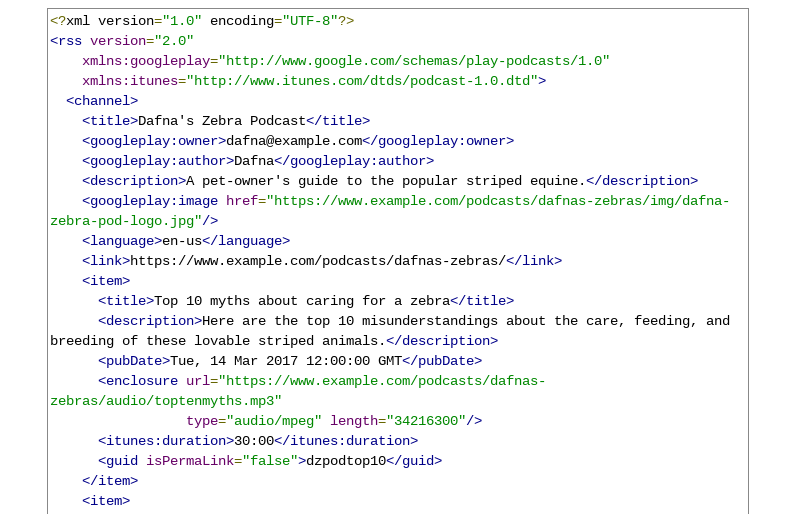

But were you really a customer if you didn't at least go inside?Ĭontrast that with the nature of podcast downloads and consumption.

The way YouTube and other social networks work, they would count you as a customer every time you drive by and look at the store.

But if your video is as short as a few minutes or much longer, only 30 seconds is meaningless to actual consumption. So someone could watch a video for only 30 seconds, and it would be counted as a view. YouTube seems to have a 30-second threshold. Social networks count something as a “view” after different amounts of time. But like “downloads per time,” view counts don't tell the whole story and are a meaningless stat. If you publish fake video, or you see other fake videos, you may initially think it's a success because of the view counts. This is more like a blackhat hack with a bait and switch. This is not an effective technique for sharing content appropriate to the platform. If someone releases a series of silent podcast episodes only so they can put out the titles in podcast apps, we would consider that abusing the platform.Īnd if someone publishes only audio, but no video, on a video-based platform, we should also consider that abusing the platform. If someone makes a blank image and uploads to Instagram only so they can write a long blog post, we would consider that abusing the platform. If someone writes a long blog post, takes a screenshot, and shares that image on Instagram, we would consider that abusing the platform. Posting fake video goes against the simple premise of video. When people search or browse YouTube, they expect to watch videos.

I think the short, animated videos commonly called “audiograms” are entirely separate and beneficial. It's essentially audio with pixel dimensions. It's when they take the whole audio of their episode, put it into a video file, and display a simple image (static or sometimes moving). I often use the term “fake video” to describe what some podcasters make.


 0 kommentar(er)
0 kommentar(er)
